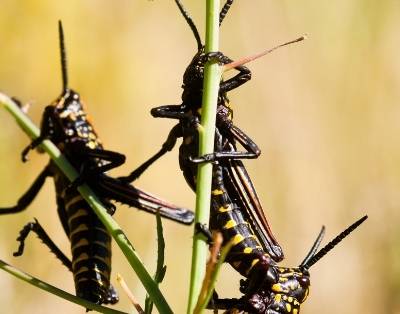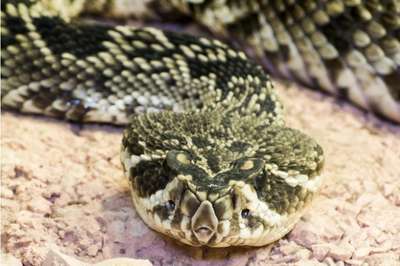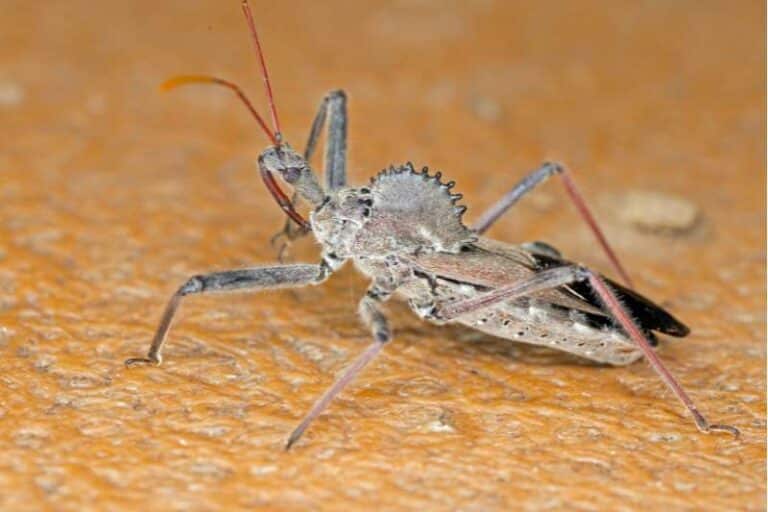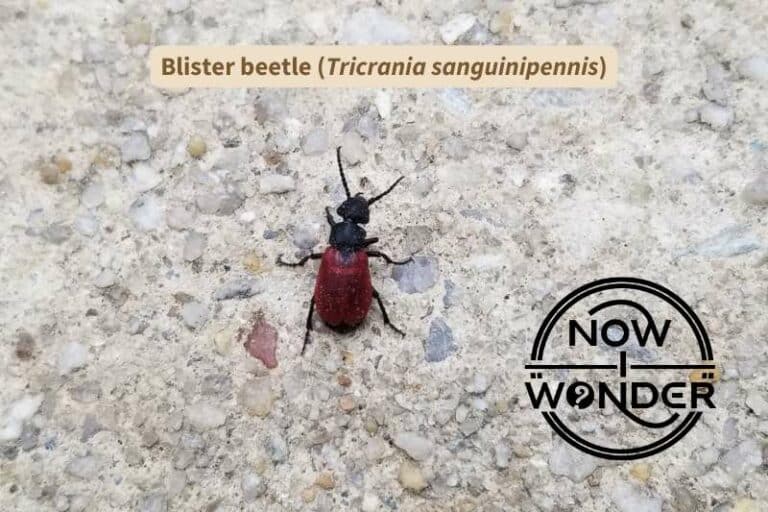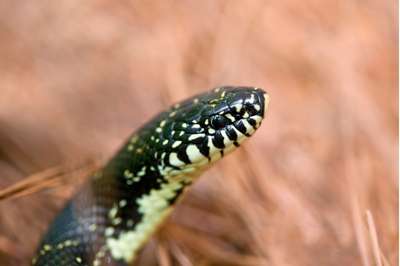One of the most extraordinary abilities of spiders classified in family Salticidae is conveyed by their common name: “jumping spiders”. The ability to jump is relatively unusual in the animal world, and especially so for spiders. This post is the third in a series on jumping spiders and explores how salticid spiders jump.
Why do jumping spiders jump?
Jumping spiders evolved the ability to jump to cover large distances quickly. While they can spin silk and can run extremely fast on their eight legs, they jump to capture prey rather than relying on webs or running it down. They also jump to escape predators and to move from place to place.
Most spiders catch their prey by passively entangling it in sticky webs, ambushing it, or running it down. But the approximately 6000 species of jumping spiders evolved to attack their prey by jumping on it from a distance. Read on to learn more about this impressive ability.
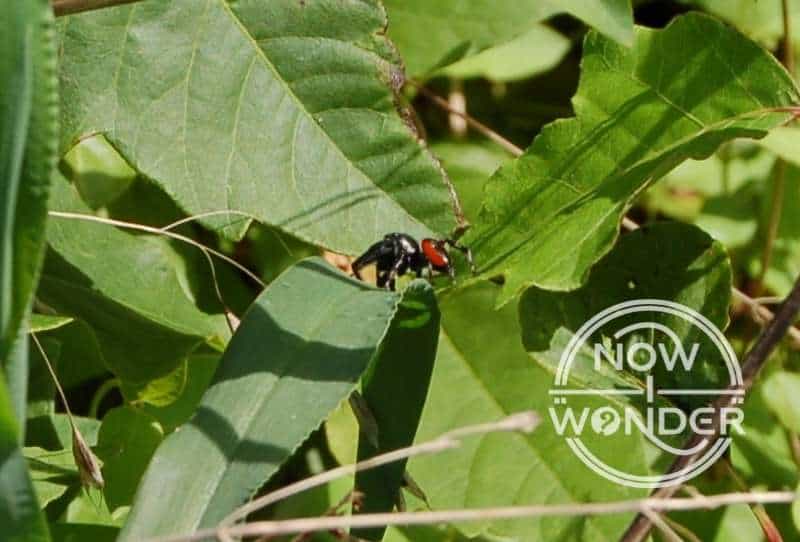
How far can a jumping spider jump?
The jumping spider species Habronnatus conjunctus can leap approximately 9–15 times its body length of 4.5 mm (0.18 in) (Brandt et al. 2021). Maximum jumping distance depends on a spider’s body mass, the power its legs can generate for acceleration, and the surface from which it is jumping.
Jumping spiders species in the United States range in size from 3 mm (0.12 in) to 23 mm (0.9 in) (Bradley 2012) and females are bigger than males. The largest common salticid is the regal jumper (Phidippus regius) which are about 10–23mm and thus close in size to other spiders such as female black-and-yellow argiopes (Argiope aurantia) (28 mm or 1.1 in), and female rabid wolf spiders (Rabidosa rabida) (21 mm or 0.8 in). However, most jumping spider species fall on the smaller end of this range.
To learn about the impressively large rabid wolf spider, check out my post “What are wolf spiders?“.
Despite being small, jumping spiders can leap impressive distances, both vertically and horizontally. However, the maximum distance a jumping spider can or will jump depends on what species it is, its body size, the reason it is jumping, and what a jump demands in order for it to be successful.
Some species jump readily, even preferring to jump rather than walk, while others jump only to attack prey or evade predators. As with every evolved characteristic, the ability to jump involves a trade-off between the energetic costs of the activity and the energetic gains. While jumping is a metabolically demanding task, jumping spiders have found a novel way to catch their food and thus compete in a different way with their fellow spiders.
How fast can a jumping spider jump?
| Species | Approximate average body length in millimeters (inches) *Note: Females are larger than males | Gap jumped in millimeters (inches) | Distance jumped in approximate body lengths | Takeoff speed in meters per second | Acceleration (in g) | Reference |
| Sitticus pubescens | 5 (0.2) | 50 (2) | 10 | 0.67 | 5.23 | Parry and Brown 1959 |
| Phidippus princeps | 8.75 (0.4) | 60 (2.4 | 7 | 0.83 | 5.24 | Hill 2006 |
| Phidippus regius | 15 (0.6) | 60 (2.4) | 4 | 0.95 | 4.71 | Nabawy et al. 2018 |
| Habronattus conjunctus | 4.5 (0.2) | 60 (2.4) | 13 | 0.54 | 3.62 | Brandt et al. 2021 |
How many times can a jumping spider jump?
Jumping is a fundamental ability for jumping spiders; they leap onto prey from a distance before injecting venom that paralyzes or kills the prey. Jumping spiders can jump for as long and as frequently as their energy reserves can supply calories to power the movement.
Salticid spiders share the ability to jump with only two other spider families; family Oxyopidae (the lynx spiders), and family Anyphaenidae (the ghost spiders).
However, neither lynx nor ghost spiders jump as fast, as far, or as readily as jumping spiders. Both families include far fewer known species, with only approximately 405 named lynx spiders and 500 ghost spiders worldwide, compared to almost 6000 jumping spiders (Bradley 2012).
Jumping may be an unusual ability in the the arachnid order but many other arthropods also evolved the ability to jump and do so for many of the same reasons, such as to find food and escape predators. While some arthropods like grasshoppers can jump far higher and travel much farther distances per jump than jumping spiders, there are several key differences that make salticids’ ability to jump impressive in its own right.
Anatomical differences
First, spider anatomy is very different from that of other arthropods who can jump, like the grasshoppers (“Orthopterans”). Orthopteran muscles are arranged in agonist/antagonist pairs inside their hard exoskeletons. The muscle pairs take turns contracting and relaxing to move a particular joint; one straightens the joint, the other bends it.
For example, the muscles in the legs of a grasshopper are responsible for moving the different parts of its legs at the joints to allow it to jump. One half of every muscle pair flexes the joint; the other half extends the joint.
In contrast, spiders have only one set of leg muscles – the set that flexes the joint with contraction. This allowed them to evolve extremely long, slender legs as one muscle takes up less space than two and exploit niches that involve small, tight spaces.
But this anatomical oddity also means that spider legs contain no muscles that will straighten or extend a leg joint once it is flexed (Parry and Brown 1959). Movement absolutely requires both joint flexion and extension in a coordinated, alternating pattern.
So how can spiders run and jumping spiders jump?
In spiders, the muscles responsible for joint extension are housed in their heads (officially known as “cephalothoraxes” or “prosomas”). Spider anatomy is based on a “semi-hydraulic” system; force produced by muscle contractions in the prosoma is translated to the leg joints through pressure change in the spider’s hemolymph. The pressure change then alters the position of the leg sections (Brandt et al. 2021).
Mechanical advantage
Some non-arachnid jumping invertebrates, such as grasshoppers, gain mechanical advantage for their jumps through a force enhancement technique called “catapulting”. The muscles in grasshopper legs store potential energy then instantly translate that energy into kinetic energy, giving their jumps a great deal of power. This functional design is known as a “catapult system” (Brandt et al. 2021).
Other jumping arthropods, such as mantises, moths, and salticid spiders, must jump without the extra help catapult systems provide. Jumping spider leaps are weaker and slower than those of other creatures. However, weaker and slower does not mean ineffective; jumping spiders would have died out long ago (or evolved in a different direction) if their jumping skills were insufficient to give them a survival advantage. Salticid spider jumps are targeted, well-planned, and deadly to small invertebrate prey.
Wings (or lack thereof)
Jumping spiders jump without benefit of wings. Many other creatures that jump also evolved wings that generate lift, control body motion and position during jumps, and extend distance and speed. One example is grasshoppers; to learn about how grasshoppers use a combination of wings and strong legs to survive, check out my post “What is the difference between grasshoppers and locusts?“.

Reasons for jumping
Animals that possess the ability to jump may do so for different reasons and at different times, including to attack prey, get around, and escape from predators.
There are so many jumping spider species that even within family Salticidae, some species jump more than others. For example, spiders in the Phidippus genus of jumping spiders jump less frequently than Habronattus conjunctus, which jumps just to get around. But all salticids are carnivores and active predators who jump to attack their prey.
Likewise, different non-salticid arthropods jump for different reasons and to different degrees. Grasshoppers, who are herbivores (with the exception of locust species in the midst of swarming behavior), may jump to travel from one location to another. But the primary reason they jump is to evade predators. Grasshoppers trying to escape being eaten will jump faster, jump in random directions, and travel farther per jump than jumping spiders.
Salticid spiders may also jump to escape predators but they might also simply “make a run for it”; after all, they have eight legs to work with. Unlike grasshoppers who can use their wings to add additional force to accelerate once airborne, spiders are at the mercy of air resistance and gravity once their legs leave the ground.
In contrast, with eight claw-tipped legs able to move rapid-fire, salticids may be able to run faster than they can jump because they can keep applying force during the movement to accelerate their speed.
Additionally, many salticids live in habitats where cover is plentiful. They may reach protective cover faster if they remain in contact with the ground; once airborne, they are entirely exposed until they land.
To see just how effective running can be, even for jumping spiders, check out my video of this male Phidippus clarus.
Whatever the reason a jumping spider jumps, the mechanics, speed, and accuracy of the action are truly impressive, especially combined with their superb vision.
Classification of jumping spiders
| Kingdom | Animalia |
| Phylum | Arthropoda |
| Class | Arachnida |
| Order | Araneae |
| Family | Salticidae |
Related Now I Wonder Posts
For more information about spiders, check out these other Now I Wonder posts:
- What are wolf spiders?
- Jumping Spiders #1 – An Introduction
- Jumping Spiders #2 – A look at their incredible vision
- Jumping Spiders #4 – As Predators
- Jumping Spiders #5 – As Prey
- Are spiders bugs?
- Do spiders have teeth?
- Do spiders have blood?
For more information about spider relatives in class Arachnida, check out these other Now I Wonder posts:
References
Bradley, Richard A. 2012. Common Spiders of North America. Berkeley: University of California Press.
Brandt EE, Yoshan S, Elias DO, Natasha M. 2021. Jump takeoff in a small jumping spider. Journal of Comparative Physiology. 207(2):153-64. Available at: https://doi.org/10.1007/s00359-021-01473-7
Hill, DE. 2006. Targeted jumps by salticid spiders (Araneae, Salticidae, Phidippus), Version 9, 1–28. Available at: http://www.peckhamia.com/epublications.html
Nabawy MRA, Sivalingam G, Garwood RJ, Crowther WJ, Sellers WI. 2018. Energy and time optimal trajectories in exploratory jumps of the spider Phidippus regius. Scientific Reports (Nature Publisher Group). 8:1-15. Available at: https://doi.org/10.1038/s41598-018-25227-9
Parry, DA, Brown, RHJ. The hydraulic mechanism of the spider leg. Journal of Experimental Biology 36, 423–433 (1959). Available at: https://doi.org/10.1242/jeb.36.2.423
Parry DA, Brown RHJ. The jumping mechanism of salticid spiders, Journal of Experimental Biology 36: 654-664 (1959). Available at: https://doi.org/10.1242/jeb.36.4.654

